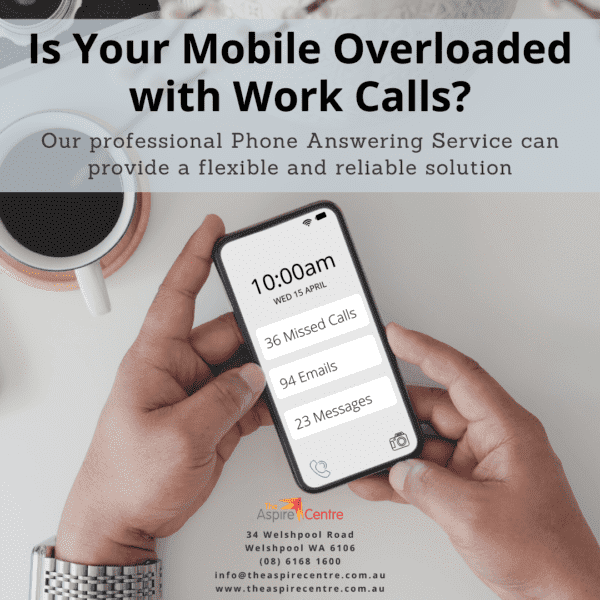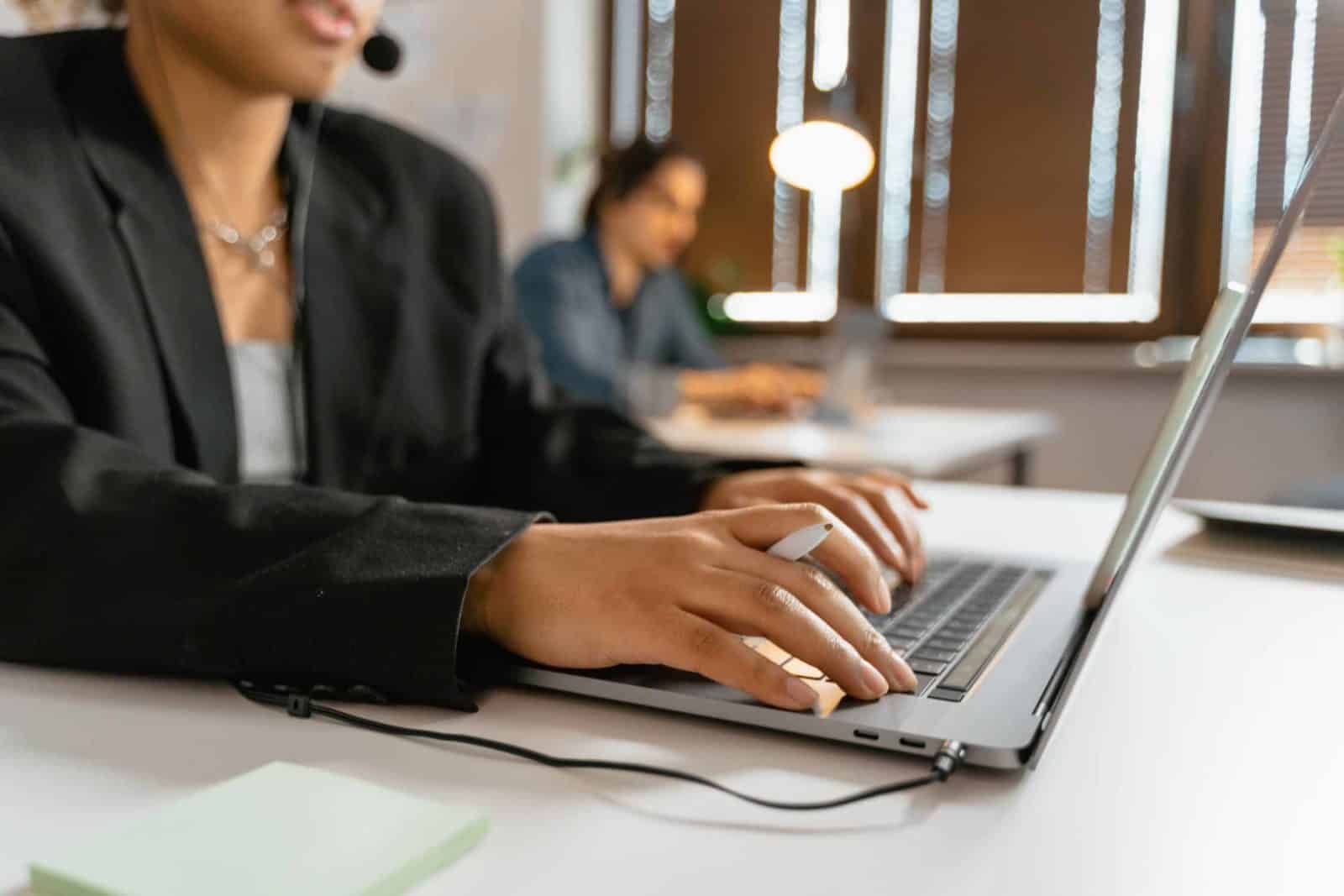All Categories
Featured
Table of Contents
- – Which Is The Best 17 Reasons Why You Need A Tel...
- – Which Brand Of 4 Different Types Of Business P...
- – What Is The Best 14 Benefits Of A Telephone An...
- – How To Choose The Best Answering Adelaide - P...
- – Who Is The Best Phone Call Answering Service ...
- – What Are The Best What Is An Answering Service?
Which Is The Best 17 Reasons Why You Need A Telephone Answering Service Service?
This device and its followers were designed by Sava Jacobson, an electrical engineer with a personal consulting company. While early voice mail utilized magnetic tape technology, many modern devices uses strong state memory storage; some devices use a combination of both, with a solid-state circuit for the outgoing message and a cassette for the incoming messages.
"toll conserving" listed below) (answering service). This is beneficial if the owner is screening calls and does not wish to consult with all callers. In any case after going, the calling party must be informed about the call having been responded to (in many cases this begins the charging), either by some remark of the operator, or by some greeting message of the little bit, or resolved to non-human callers (e.
This holds particularly for the Littles with digitally saved welcoming messages or for earlier devices (before the rise of microcassettes) with an unique unlimited loop tape, different from a second cassette, dedicated to recording. There have been answer-only devices without any recording capabilities, where the greeting message had to notify callers of a state of current unattainability, or e (business answering service).
Which Brand Of 4 Different Types Of Business Phone Answering Services Is The Best?

about availability hours. In recording Littles the greeting usually includes an invitation to leave a message "after the beep". A voice mail that uses a microcassette to tape-record messages On a dual-cassette answerphone, there is an outbound cassette, which after the defined number of rings plays a pre-recorded message to the caller.

Single-cassette answering machines contain the outbound message at the beginning of the tape and incoming messages on the remaining space. They first play the announcement, then fast-forward to the next offered area for recording, then tape-record the caller's message. If there are many previous messages, fast-forwarding through them can trigger a significant delay.
This beep is typically referred to in the greeting message, requesting that the caller leave a message "after the beep". Littles with digital storage for the tape-recorded messages do not reveal this hold-up, of course. A TAD might offer a push-button control center, where the answerphone owner can sound the home number and, by getting in a code on the remote telephone's keypad, can listen to taped messages, or erase them, even when away from home.
What Is The Best 14 Benefits Of A Telephone Answering Service In 2023 For The Money

Consequently the machine increases the number of rings after which it responds to the call (normally by two, leading to four rings), if no unread messages are presently kept, however responses after the set variety of rings (usually 2) if there are unread messages. This allows the owner to learn whether there are messages waiting; if there are none, the owner can hang up the phone on the, e.
Some makers also enable themselves to be from another location activated, if they have been changed off, by calling and letting the phone ring a specific large number of times (generally 10-15). Some company abandon calls already after a smaller sized number of rings, making remote activation impossible. In the early days of Little bits a special transmitter for DTMF tones (dual-tone multi-frequency signalling) was regionally required for push-button control, since the formerly utilized pulse dialling is not apt to communicate proper signalling along an active connection, and the dual-tone multi-frequency signalling was carried out step-by-step.
Any incoming call is not identifiable with respect to these homes in advance of going "off hook" by the terminal devices. So after going off hook the calls should be changed to appropriate gadgets and just the voice-type is instantly available to a human, but maybe, nonetheless ought to be routed to a TAD (e.
How To Choose The Best Answering Adelaide - Phone Answering Services
What if I informed you that you do not need to really pick up your gadget when addressing a customer call? Another person will. So practical, ideal? Responding to phone calls doesn't require somebody to be on the other end of the line. Effective automated phone systems can do the trick just as efficiently as a live agent and sometimes even much better.
An automated answering service or interactive voice action system is a phone system that interacts with callers without a live individual on the line - telephone answering service. When companies utilize this technology, consumers can get the response to a concern about your business just by using interactions set up on a pre-programmed call circulation.
Although live operators upgrade the client service experience, numerous calls do not require human interaction. An easy documented message or instructions on how a consumer can obtain a piece of information normally solves a caller's immediate requirement - local phone answering service. Automated answering services are a basic and effective way to direct incoming calls to the ideal person.
Who Is The Best Phone Call Answering Service Manufacturer
Notice that when you call a business, either for support or product questions, the first thing you will hear is a pre-recorded voice greeting and a series of choices like press 1 for client service, press 2 for queries, and so on. The pre-recorded choices branch out to other options depending on the customer's choice.
The phone tree system helps direct callers to the right person or department using the keypad on a cellphone. In some circumstances, callers can use their voices. It deserves noting that auto-attendant options aren't limited to the ten numbers on a phone's keypad. When the caller has actually selected their very first alternative, you can develop a multi-level auto-attendant that uses sub-menus to direct the caller to the ideal sort of help.
The caller does not need to communicate with a person if the auto-attendant phone system can manage their issue. The automatic service can path callers to a worker if they reach a "dead end" and need help from a live agent. It is pricey to hire an operator or executive assistant.
What Are The Best What Is An Answering Service?
Automated answering services, on the other hand, are considerably cheaper and supply significant expense savings at approximately $200-$420/month. Even if you don't have committed personnel to manage call routing and management, an automated answering service improves performance by allowing your group to focus on their strengths so they can more efficiently spend their time on the phone.
A sales lead routed to customer support is a lost shot. If a consumer who has product concerns reaches the incorrect department or gets incomplete answers from well-meaning workers who are less trained to manage a particular type of concern, it can be a reason for frustration and dissatisfaction. An automated answering system can lessen the variety of misrouted calls, consequently helping your staff members make much better use of their phone time while maximizing time in their calendar for other jobs.
With Automated Answering Systems, you can develop a personalized experience for both your staff and your callers. Make a recording of your main greeting, and merely upgrade it frequently to show what is going on in your company. You can create as lots of departments or menu alternatives as you want.
Table of Contents
- – Which Is The Best 17 Reasons Why You Need A Tel...
- – Which Brand Of 4 Different Types Of Business P...
- – What Is The Best 14 Benefits Of A Telephone An...
- – How To Choose The Best Answering Adelaide - P...
- – Who Is The Best Phone Call Answering Service ...
- – What Are The Best What Is An Answering Service?
Latest Posts
Secure Live Phone Answering – Hervey Bay
24/7 Answering Service Near Me – Darling Downs 4350
Budget-Friendly Professional Answering Service Near Me
More
Latest Posts
Secure Live Phone Answering – Hervey Bay
24/7 Answering Service Near Me – Darling Downs 4350
Budget-Friendly Professional Answering Service Near Me